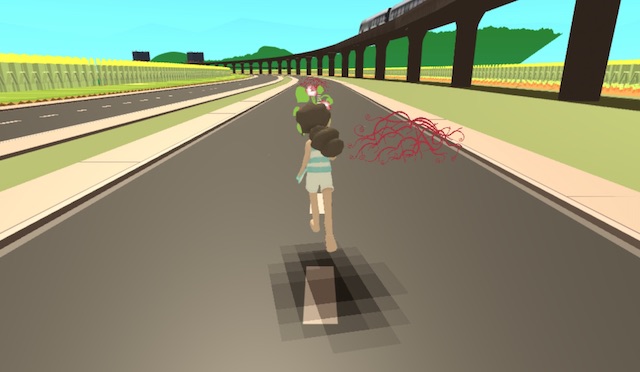Transit agencies are stepping up their campaigns for more subsidies to make up for their lack of riders during the coronavirus pandemic. The New York Times reports that, unless Congress forks over billions more than it has already given the agencies, transit systems could experience a death spiral.
Technically, a death spiral takes place if cuts in service cause a loss of customers leading to more cuts in service. But if they don’t have any customers, they can’t spiral much further downward.
Out in California, Caltrain, which operates commuter trains between San Francisco and San Jose, has lost 95 percent of its customers. Before the pandemic, Caltrain riders earned an average of $120,000 per year, which means most of them are probably now working from home and many will probably never return to commuting. The logical thing for Caltrain to do would be to reduce service for the duration and start up again when riders return. Continue reading








